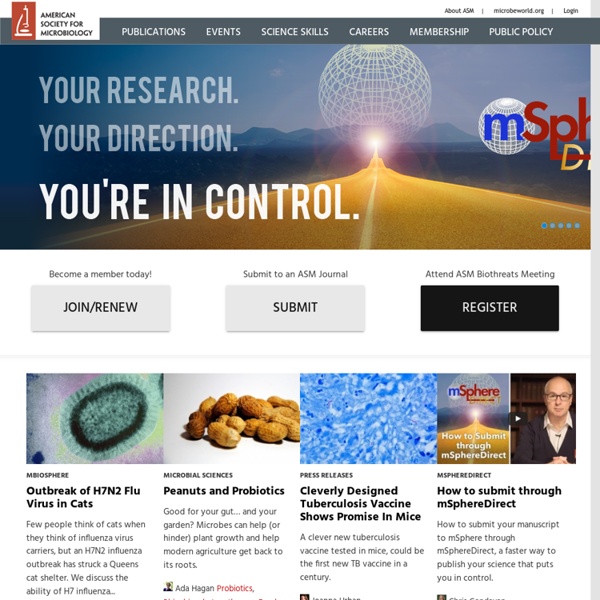



Jim Prevor's Perishable Pundit Laboratory Exercise in Sauerkraut Fermentation By definition, sauerkraut is "acidic cabbage." It is the result of a natural fermentation by bacteria indigenous to cabbage in the presence of 2 to 3% salt. The fermentation yields lactic acid as the major product. This lactic acid, along with other minor products of fermentation, gives sauerkraut its characteristic flavor and texture. In the production of sauerkraut, mature cabbage heads are washed and shredded. The salting of the cabbage serves two major purposes. Throughout the fermentation, it is critical that oxygen be excluded. As no starter cultures are added to the system, this is referred to as a wild fermentation. Initially, a coliform starts the fermentation. Interesting organisms have been isolated in our food microbiology lab course, including a presumably-coliform, lactose-fermenting organism from an early sample which produced strange-looking colonies on MacConkey Agar. In this exercise, cabbage will be appropriately cleaned, shredded and salted. Materials 1. 2. 3. 4. 5.
Segal AmeriCorps Education Award The Segal AmeriCorps Education Award is a post-service benefit received by participants who complete a term of national service in an approved AmeriCorps program--AmeriCorps VISTA, AmeriCorps NCCC, or AmeriCorps State and National. The award is named after Eli Segal, one of the pioneers of the national service movement and the first CEO of the federal Corporation for National and Community Service (CNCS). An AmeriCorps member serving in a full-time term of national service is required to complete the service within 12 months. The education award may be used to pay educational costs at eligible post-secondary educational institutions (including many technical schools and GI-Bill approved educational programs), as well as to repay qualified student loans. Members can divide up an award and use portions of it at different times before it expires, as long as it is for authorized expenditures . Information for Members: Information for Institutions:
physicscentral FoodSafetyWatch.com Nature Publishing Group : science journals, jobs, and information What's the big idea? Toward a pedagogy of idea power A key to understanding why School is what it is lies in recognizing a systematic tendency to deform ideas in specific ways in order to make them fit into a pedagogical framework. One of these deformations is described here as “disempowering ideas.” The insight leads to a new direction for innovation in education: re-empowering the disempowered ideas. Doing so is not easy: it needs a new epistemology with a focus on power as a property of ideas and a challenge to the School culture. On the positive side, the insight also leads to a new vision of what technology can offer education. Note: The Institute of Electrical and Electronics Engineers, Incorporated is distributing this Article with permission of the International Business Machines Corporation (IBM) who is the exclusive owner. Published in: IBM Systems Journal (Volume:39 , Issue: 3.4 ) Date of Publication: Page(s): Digital Object Identifier : 10.1147/sj.393.0720 Date of Current Version : 06 April 2010 Issue Date : Sponsored by :
ScienceDaily: Your source for the latest research news Marler Blog : Food Poisoning Lawyer & Attorney : Bill Marler : Marler Clark Bioremediation Laguna Group Teach Your Own (Delacorte, 1981, by John Holt. Revised and updated by Patrick Farenga, Perseus 2003) Selection by John Holt: ...I have used the words "homeschooling" to describe the process by which children grow and learn in the world without going, or going very much, to schools, because those words are familiar and quickly understood. Common Objections to Homeschooling, Chapter 3 from Teach Your Own, is available to read for free here. Home : Nature Reviews Nature Reviews Drug Discovery Featured article A comprehensive map of molecular drug targets Rita Santos, Oleg Ursu, Anna Gaulton, A. Nature Reviews Endocrinology Diagnosis and management of Silver–Russell syndrome: first international consensus statement Emma L.
Le Blog d’Albert Amgar - amgar.blog.processalimentaire.com